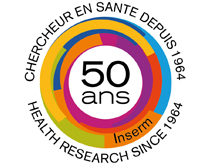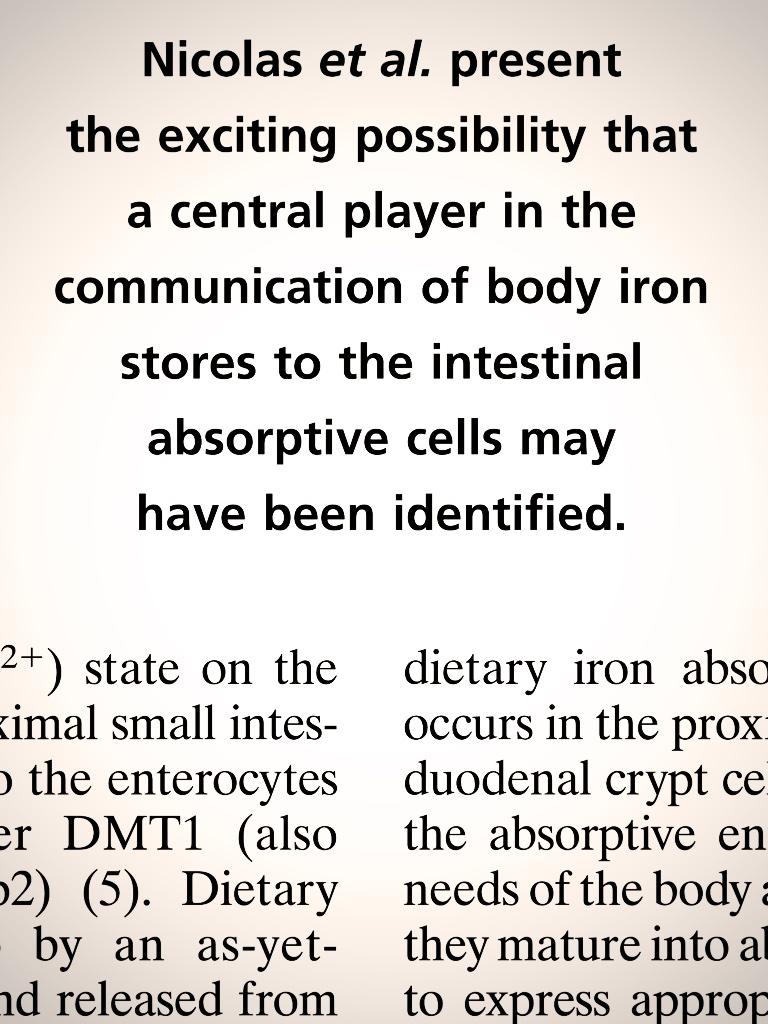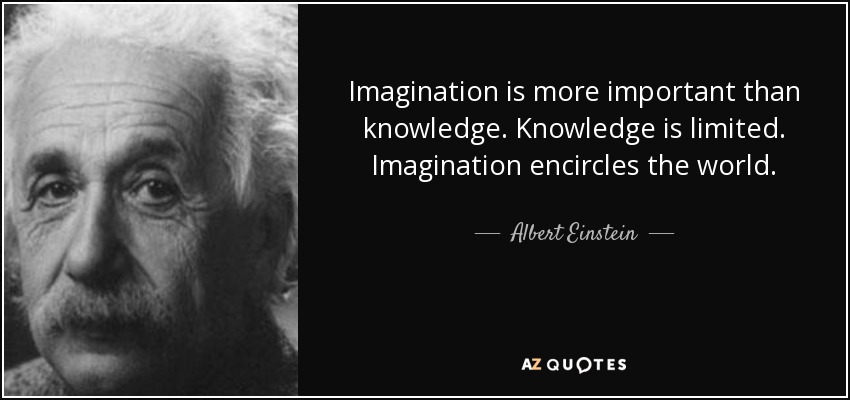Scientific topics
Keywords
ITMO
GAËL NICOLAS 🍀 I ELABORATED AND MADE THE FIRST DEMONSTRATION THAT HEPCIDIN IS AN HYPOSIDEREMIC HORMONE REGULATING IRON HOMEOSTASIS
Course and current status
GAËL NiCOLAS (PhD)

I am a researcher fellow at French National Institute of Health and Medical Science (Inserm). I am part of team "Physiopathology of Rare Anemias and Overload Diseases" (directors : Sophie LEFEVRE & Laurent GOUYA) in the UMRS_1134 unit called "Integrated Biology of Red Blood Cells and Erythropoiesis" (Paris, France - director : Mariano OSTUNI). This team belongs to the Laboratory of Excellence GR-EX, a consortium of the most talented research groups working in the field of erythropoiesis and iron homeostasis.
Nicolas et al. J Clin Invest. 2002. ⚠️This is the most cited article among all the articles published by Inserm - since 1964 - in prestigious J Clin Invest (Source : Web of Science - july 2021).
Nicolas et al. Proc Natl Acad Sci USA. 2001. ⚠️ This is the fourth most cited article among all the articles published by Inserm - since 1964 - in prestigious Proc Natl Acad Sci USA (Source : Web of Science - july 2021).
⚠️The pioneering discovery that hepcidin is an hormone that tightly controls iron homeostasis in mammals is presented in the 8-page booklet entitled «Since 1964, Inserm for human health» published by Inserm to celebrate 50 years of existence (read page 8) ➡ LiNK
⚠️ I was in the list of the TOP 1% most cited researcher for the 2001-2011 period («medical science» category). Source: Reuters - Research Evaluation Tools - Science.
![]() A citation report (source: Web of Science - 2021-03-10) taking in consideration ALL research articles since 1956 having the keyword "INFLAMMATION" in the title (= 62 133 items) reveals that our JCI publication is in the TOP 100 (position: 53; 1202 citations) of the most cited papers. This 2002 JCI publication is the most cited article among all the articles published by Inserm - since 1964 - in J Clin Invest (source: Web of Science).
A citation report (source: Web of Science - 2021-03-10) taking in consideration ALL research articles since 1956 having the keyword "INFLAMMATION" in the title (= 62 133 items) reveals that our JCI publication is in the TOP 100 (position: 53; 1202 citations) of the most cited papers. This 2002 JCI publication is the most cited article among all the articles published by Inserm - since 1964 - in J Clin Invest (source: Web of Science).
![]() A citation report (source: Web of Science - 2021-03-10) taking in consideration ALL research articles since 1956 having the keyword "IRON" in the title (= 181 566 items) reveals that our JCI publication is in the TOP 100 (position: 34; 1202 citations) of the most cited papers. Our pioneer 2001 PNAS publication is also in this Top 100 (position: 69; 933 citations). This 2001 PNAS publication is the sixth most cited article among all the articles published by Inserm - since 1964 - in PNAS (Source: Web of Science).
A citation report (source: Web of Science - 2021-03-10) taking in consideration ALL research articles since 1956 having the keyword "IRON" in the title (= 181 566 items) reveals that our JCI publication is in the TOP 100 (position: 34; 1202 citations) of the most cited papers. Our pioneer 2001 PNAS publication is also in this Top 100 (position: 69; 933 citations). This 2001 PNAS publication is the sixth most cited article among all the articles published by Inserm - since 1964 - in PNAS (Source: Web of Science).
5604 citations were found to reference one or more of my articles according to Web of Science (2025-09-23).
8956 citations were found to reference one or more of my articles according to my Google Scholar profil (2025-09-23).
It indicates the significant cross-disciplinary impact of our articles (LINK) because both iron and inflammation are central to many biological processes and diseases. It also indicates that hepcidin or iron are major transdisciplinary topics.
Take a look to french press articles relating the discovery.
***
At that time, we made the pioneer demonstration that hepcidin is an hyposideremic hormone acting to repress the iron availability into the body (read this comment).
« A feat worthy of a Nobel Prize [...] ».
Such an hormone was sought for more than 40 years. We also made the demonstration that hepcidin expression is regulated by anemia, hypoxia and more importantly by inflammation. By developing a turpentine abcess-induced inflammation in hepcidin-deficient mice we were the first to unambiguously demonstrate the crucial role of hepcidin in the modulation of iron homeostasis during inflammatory processes. We were the first to describe that erythropoietin injection completely turns off hepcidin expression, a mechanism required to allow strong iron avaibility in order to boos the production of new red blood cells. This protocol based on erythropoietin injection could be used to discover new proteins involved in the downregulation of hepcidin expression. Finally, we demonstrated that hemochromatosis is an hepatic metabolic disease due an insufficient production of hepcidin. We made the proof-of-principle that restoring a normal production of hepcidin completely protects the organism against iron overload. Clinical trials are underway to evaluate the use of hepcidin as a potential treatment of iron overload, which occurs as a result of diseases such as hereditary hemochromatosis, beta-thalassemia, sickle cell disease and myelodysplastic syndrome.
I signed all princeps and major publications of the Sophie Vaulont's group as first author:
NiCOLAS et al. (2003) - J Clin Invest is cited 2066 times [*]
NICOLAS et al. (2001) - PNAS is cited 1617 times [*]
NICOLAS et al. (2002) - PNAS is cited 1171 times [*]
NICOLAS et al. (2003) - Nature Genetics is cited 386 times (*]
NICOLAS et al. (2002) - Blood Mol Cell Dis is cited 457 times [*]
[*] Source : Google Scholar (2022-01-27)
(In 2006 Eugene Garfield reported that among 38 million items published between 1900 and 2005, only 0.5% were cited more than 200 times, and about half of the items were not cited at all. ➡ LINK of the article.)
Our articles completely changed the whole vision of iron homeostasis, explaining many diseases (all types of hemochromatosis, secondary iron overloads or some anemias) and opened many unexplored new avenues into the field of iron homeostasis and its pathologies. Today more than 4000 research and/or medical published articles (Source: PubMed) are based on our princeps hypothesis that hepcidin is the iron-regulatory hormone. Hepcidin is actually the most exciting topic during all International BioIron or European Iron Club meetings.
These innovative hypothesis and demonstrations gave to me the great enjoyment to get a permanent position as scientist research at French National Institute of Health and Medical Research (INSERM) in 2002. At that time, I joined the team where I made my PhD and worked on red cell membrane skeleton (the spectrin protein superfamily) during several years. It allowed to me to improve my scientific background and to extend it, not only to iron by also to hemolytic anemias due to alterations of the spectrin-membrane skeleton of red blood cells. This background is very usefull for me, including in the hepcidin and iron fields.
In 2008, a key regulator of hepcidin expression — matriptase-2 — a membrane serine protease, was identified in human and mouse. It acts to decrease hepcidin synthesis in response to boosted erythropoisesis and/or iron deficiency. Many GWAS studies demonstrated that nucleotide variants in TMPRSS6 gene (encoding for matriptase-2) are associated with iron status and erythrocyte volume within several populations, highlighting the important role of this protease in the control of iron homeostasis and in normal erythropoiesis. At the end of 2008, I decided to join again the group of Sophie Vaulont for five years to develop a project focussed on hepcidin regulation by the matriptase-2 and erythropoiesis. Our works demonstrated that matriptase-2 is required for the erythropoietin-induced down regulation of hepcidin. We had also shown that the serine protease is responsible for hepcidin repression which occurs during fetal development as well as during the weaning period. Finally we found that Bmp6 cytokine (belonging to the TGF-β family) is required to develop the iron deficiency anemia triggered by the lack of matriptase-2.
Since it is really important to highlight scientific discoveries or inventive technologies we deposited a family of patents, based on our pionner and inventive works. I am inventor of this family of filed patents (Current Assignee: Institut National de la Sante et de la Recherche Medicale, "INSERM"). The patent has been issued by INSERM and licensed to La Jolla Pharmaceutical Company. I hope that it will be promising for the development of new drugs usefull to diagnose or to treat disorders of iron homeostasis. I am very interested in the development of new technologies abble to find such drugs. I am convinced that big pharmas will achieve this 'from bench to bedside' goal very soon.
***
If you would like to know more about the whole list of my publications, please take a look on my Google Scholar profil by clicking HERE.
• YIEN YY, [...] & NICOLAS G [2017] - Mutation in human CLPX elevates levels of δ-aminolevulinate synthase and protoporphyrin IX to promote erythropoietic protoporphyria. Proc Natl Acad Sci USA ➡ LiNK
• DESCHEMIN JC, [...] & NICOLAS G [2015] - The microbiota shifts the iron sensing of intestinal cells - FASEB J ➡ LiNK
![]()
• WILLEMETZ A, [...] & NICOLAS G [2014] - Matriptase-2 is essential for hepcidin repression during fetal life and postnatal development in mice to maintain iron homeostasis - Blood ➡ LiNK
![]()
• GUILLEM F, [...] & NICOLAS G [2012] - Inactive matriptase-2 mutants found in IRIDA patients still repress hepcidin in a transfection assay despite having lost their serine protease activity - Human Mutation ➡ LiNK
• LENOIR A, [...] & NICOLAS G [2010] - Iron deficiency anemia due to matriptase-2 inactivation is dependent upon the presence of functional Bmp6 - Blood ➡ LiNK
• NICOLAS G, KAHN A & VAULONT S. Use of hepcidin for preparing a medicament for treating disorders of iron homeostasis.
![]()
• NICOLAS G, [...] & VAULONT S [2004] - Hepcidin, a candidate modifier of the hemochromatosis phenotype in mice - Blood ➡ LiNK
• NICOLAS G, [...] & VAULONT [2003] - Constitutive hepcidin expression prevents iron overload in a mouse model of hemochromatosis - Nature Genetics ➡ LiNK
![]()
➡ A MEDIA CONFERENCE WAS HELD FOLLOWING THE PUBLICATION OF THIS ARTICLE
• NICOLAS G, [...] & VAULONT S [2002] - Hepcidin, a new iron regulatory peptide - Blood Cells Mol Dis ➡ LiNK
• NICOLAS G, [...] & VAULONT [2002] - The gene encoding the iron regulatory peptide hepcidin is regulated by anemia, hypoxia, and inflammation - J Clin Invest ➡ LiNK
• NICOLAS G, [...] & VAULONT S - [2002]. Severe iron deficiency anemia in transgenic mice expressing liver hepcidin - Proc Natl Acad Sci USA ➡ LiNK
![]()
➡ A MEDIA CONFERENCE WAS HELD FOLLOWING THE PUBLICATION OF THIS ARTICLE
• NICOLAS G, [...] & VAULONT S [2001] - Lack of hepcidin gene expression and severe tissue iron overload in upstream stimulatory factor 2 (Usf2) knockout mice - Proc Natl Acad Sci USA ➡ LiNK (from the cover journal)
Ability to conduct a scientific project (HDR)
This is the highest qualification delivered by french universities to recognize researchers able to drive their own scientific projects and to train PhD students.
NICOLAS G. Étude fonctionnelle et structurale des spectrines. Découverte de l’hepcidine, une nouvelle hormone de l’homéostasie du fer (only for readers abble to read la langue de Molière). Delivered in 2008 by the Université Paris-Diderot - Paris 7 - ➡ LiNK
Keywords: Inserm; Inserm Transfert; hepcidin; hepcidine; iron; fer; iron homeostasis; homéostasie du fer; iron metabolism; métabolisme du fer; anemia; anaemia; anémie; iron overload; surcharge en fer; hemochromatosis; hémochromatose; thalassemia; thalassémie; hormone; serendipity; sérendipité; red blood cell; globule rouge;
Un lion qui copie un lion devient un singe.
de Victor HUGO (dans Tas de pierres)
© Gaël NiCOLAS
Scientific summary
I am a research fellow at Inserm. I am internationally recognized for my groundbreaking identification of hepcidin as a hyposideremic hormone central to mammalian iron homeostasis. In seminal publications — most notably Nicolas et al. (2001, PNAS) and Nicolas et al. (2002, J Clin Invest) — I provided the first definitive proof that hepcidin regulates systemic iron by inhibiting intestinal absorption and macrophage release, and that its expression is modulated by anemia, hypoxia, and inflammation. These studies rank among the most cited in INSERM’s history, placing in the top tiers for both iron- and inflammation-related research with more a thousand citations each. Further, my work illuminated the pathophysiology of hemochromatosis: demonstrating that insufficient hepatic hepcidin leads to iron overload, and that therapeutic restoration of hepcidin protects against this excess. I also elucidated the role of erythropoietin in downregulating hepcidin and identified matriptase‑2 (TMPRSS6) as a crucial erythropoiesis-driven repressor during fetal development and iron deficiency anemia. My research extend to translational outputs, including filed patents and ongoing clinical trials evaluating hepcidin mimetics in diseases such as β-thalassemia, sickle cell disease, myelodysplasia, and hereditary hemochromatosis. Thus, My pioneer work on hepcidin and iron homeostasis has not only redefined the molecular framework of systemic iron regulation but also laid the foundation for innovative therapeutic strategies targeting major hematological and inflammatory disorders.





